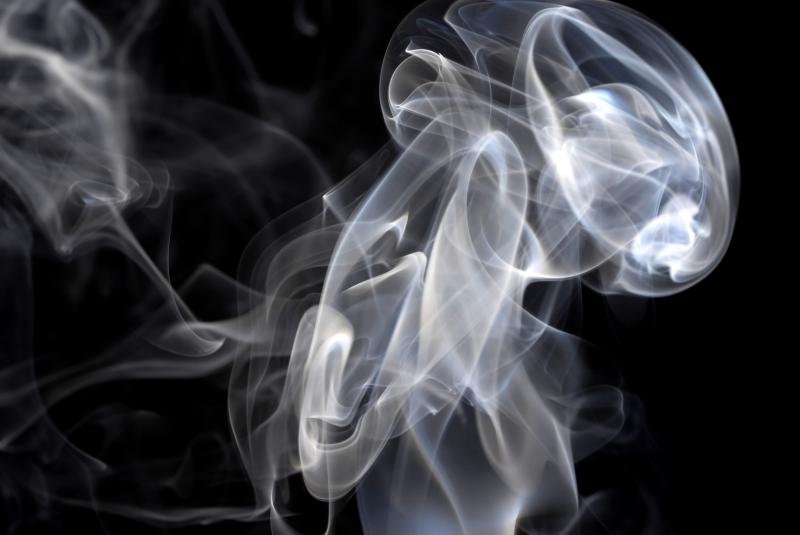
Exposure to secondhand smoke induces an increase in haemoglobin A1c (HbA1c) levels in individuals with inadequate intakes of omega-3 polyunsaturated fatty acids (PUFAs; 0.18–0.59 g/day), a study has found.
“Our findings point toward oxidative stress as an important biological mechanism. Secondhand smoke is an abundant source of reactive oxygen species and contributes to oxidative stress,” the investigators explained. [Int J Cardiol 2005;100:61-64]
“The oxidative stress response induced by exposure to secondhand smoke may be partially blocked by diet. High intakes of omega-3 PUFAs may counteract the oxidative stress response by improving the body’s antioxidant–pro-oxidant balance, which is supported by both animal and human studies,” they added. [Eur Respir J 2008;31:179-197; Environ Health Perspect 2011;119:29-36; Nutrients 2015;7:10398–10416]
In the present analysis, the investigators looked at 574 adults (mean age at baseline, 59 years) enrolled in the Singapore Chinese Health Study and who had never smoked. The mean HbA1c level was 6.47 percent, and about 17 percent of the population reported living with household smokers. Mean age of the population at follow-up was 64 years.
Individuals with high vs low cotinine levels were younger at baseline and follow-up (p<0.01) but had similar dietary intakes of omega-3 PUFAs (p=0.69), vitamin C (p=0.62), vitamin E (p=0.88) and fibre (p=0.51). [Int J Environ Res Public Health 2019;doi:10.3390/ijerph16245148]
The mean creatinine-adjusted cotinine levels were significantly greater among individuals living with a household smoker relative to those who reported no household smokers (0.03 vs 0.01 ng/mg creatinine; p<0.01). Among individuals with elevated cotinine levels and low omega-3 PUFA intakes, HbA1c levels were higher than would be expected due to the individual effects alone (p-interaction=0.05).
High cotinine levels specifically contributed to 0.54-percent higher adjusted mean HbA1c levels (95 percent confidence interval [CI], 0.02–1.06) among those with lower intakes of omega-3 PUFAs. In contrast, HbA1c level (adjusted mean, –0.09 percent, 95 percent CI, –0.45 to 0.30) did not significantly differ across cotinine categories among individuals with high intakes of omega-3 PUFAs. There was no evidence of interaction observed for other nutrients.
“These interaction results suggest that adequate intakes of omega-3 PUFAs may reduce the adverse effects of secondhand smoke exposure on HbA1c levels,” according to the investigators.
To date, there are no dietary guidelines for total omega-3 PUFAs. However, there are recommendations for the three specific types: alpha-linolenic acid (ALA), eicosapentaenoic acid (EPA) and docosahexaenoic acid (DHA).
Recommendations from the Food and Nutrition Board of the Institute of Medicine (now called the National Academy of Medicine) suggest that men and women consume 1.6 and 1.1 g of ALA per day, respectively. On the other hand, the 2015–2020 Dietary Guidelines for Americans advocate consumption of 8 ounces per week of a variety of seafood among adults, in order to provide approximately 0.25 g per day of EPA and DHA. [J Am Diet Assoc 2002;102:1621-1630; https://health.Gov/dietaryguidelines/2015/guidelines/]
The investigators acknowledged the presence of several limitations, including the determination of sample size selection based on previous power calculations and available funding, which might have limited the ability to detect smaller effect sizes.